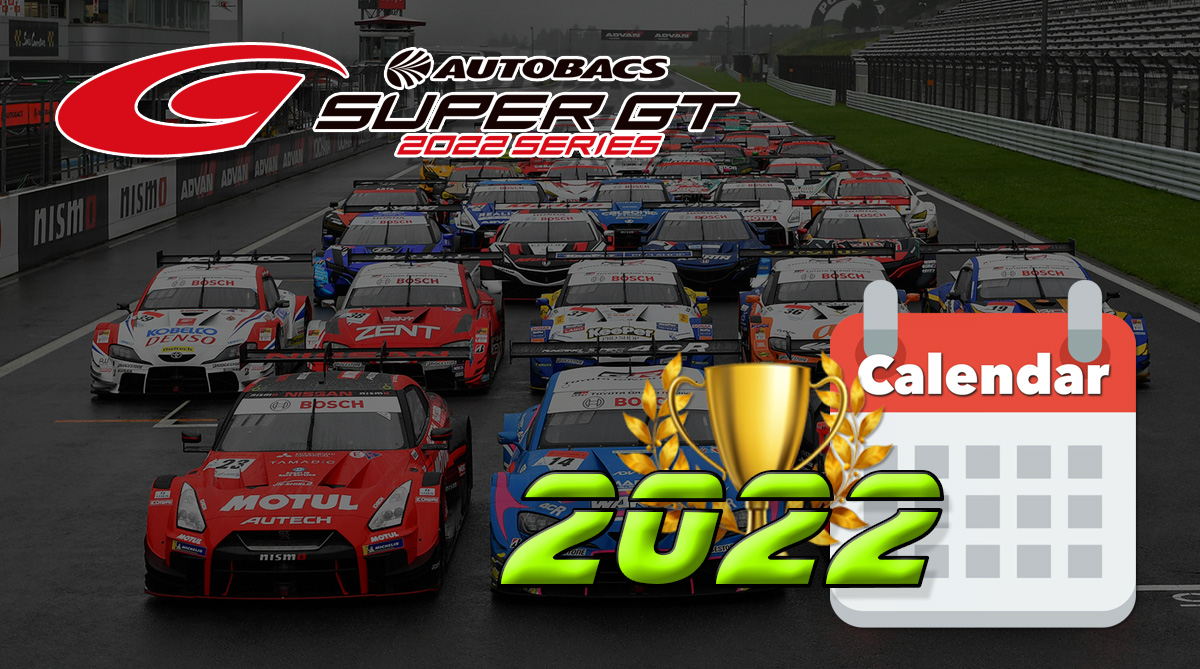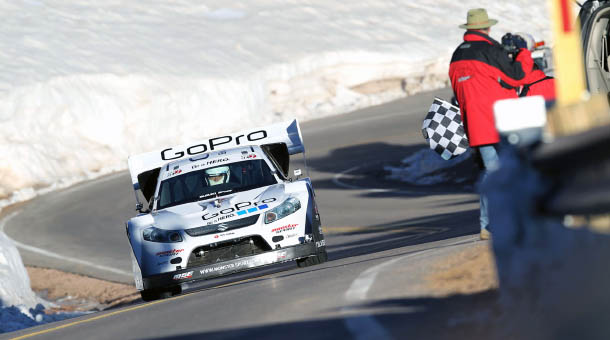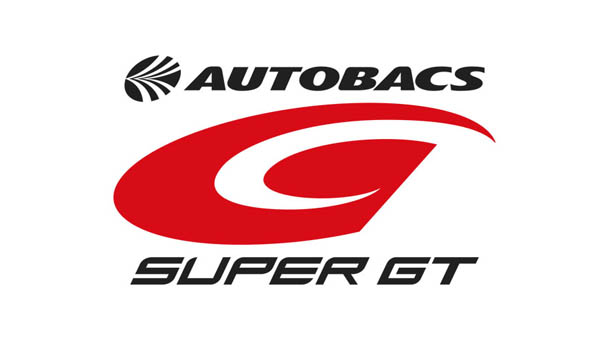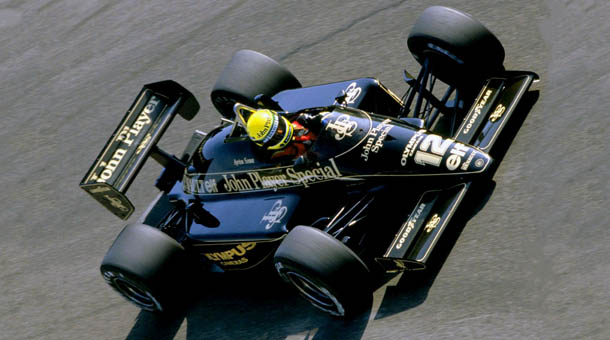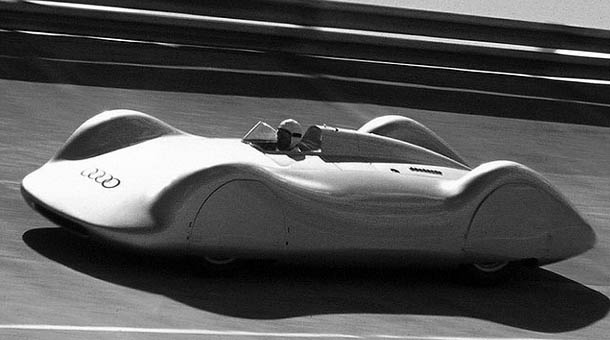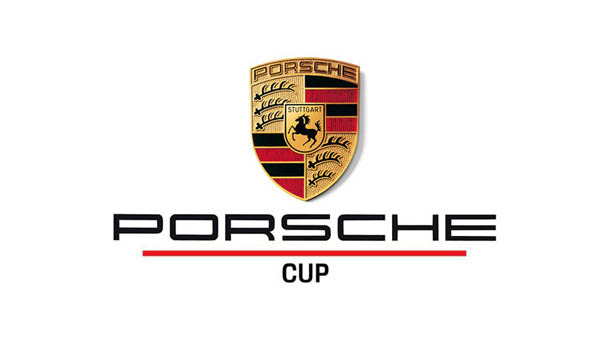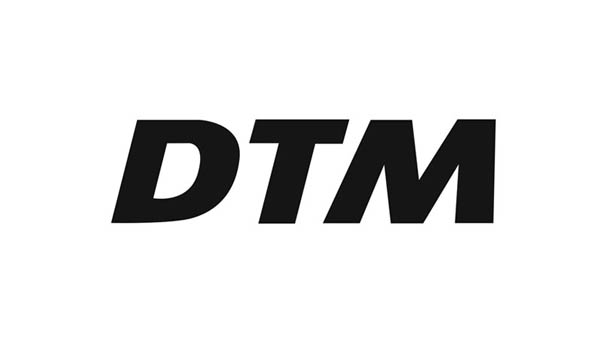The world first saw the new RX7 FD3S at the Japanese Super GT Championship in 1995, which was exhibited by the well-known rotary engine tuning company RE Amemiya. Since then, Amemiya has continued to compete in the GT300 class and has taken the lead in the race despite strong competition from major model manufacturers. In 2001, a new model with a monocoque body reached the last stage and took second place. The RE Amemiya ASPARADRINK RX7 was originally equipped with a 13V motor, which was then replaced with a 20V motor with 3 rotors.
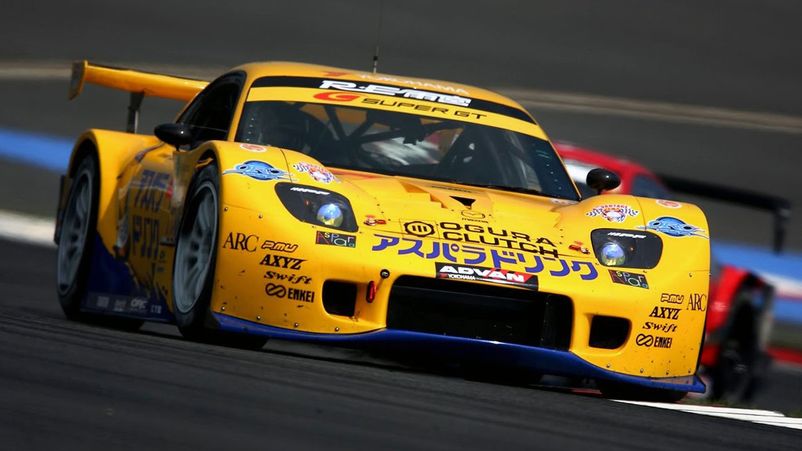
Amemiya has run into a problem with the rules set by the Japanese GT Championship. This problem concerned the air intake and was quite significant for this model, since it could only develop full power at high speeds due to the rotary engine. In this regard, the company's specialists had to improve the operation of the engine at an average number of revolutions.

In preparation for the 2004 season, Amemiya applied all the knowledge and experience gained from previous races and developed the new RX7. The improved model was equipped with a shortened wheelbase and a lightweight, front-mounted rotary engine. This car was specially created for winding roads. But the company did not stop there and in addition reduced the height of the body. And to increase the aerodynamic characteristics, they changed the skin of the front and rear of the hull.
The improved RX7 in 2004 took first place in the second run of its class. However, the creators felt that it was too fast and made the task more difficult by increasing its weight. This model will long remain in the memory of most motorists as a racing car that has no equal.



